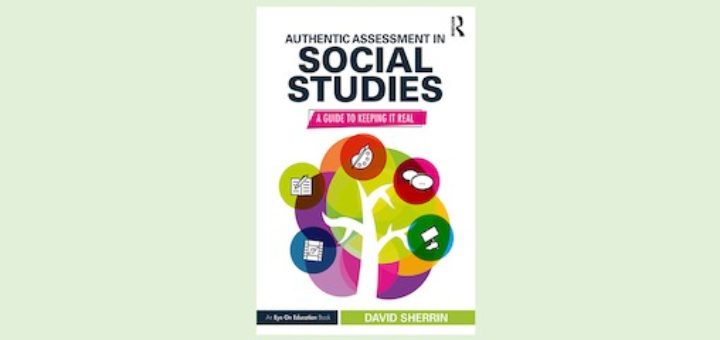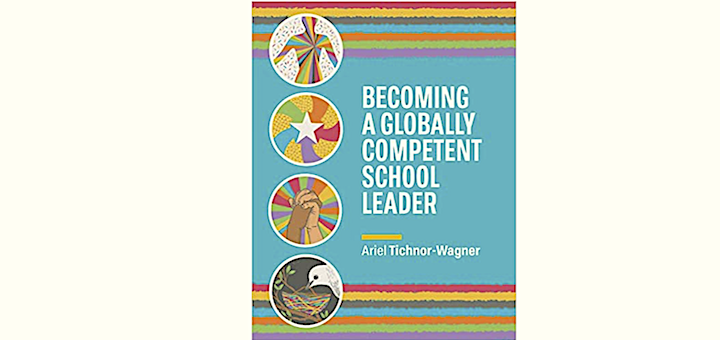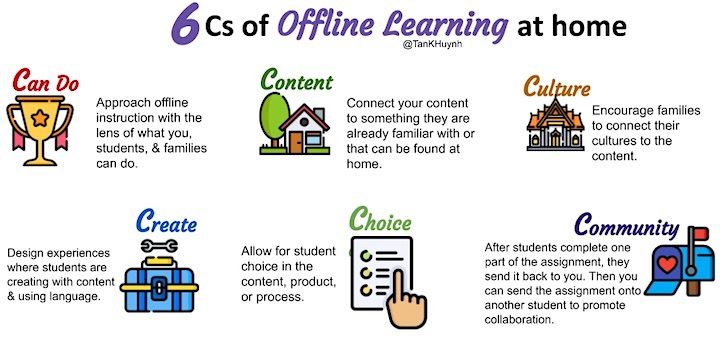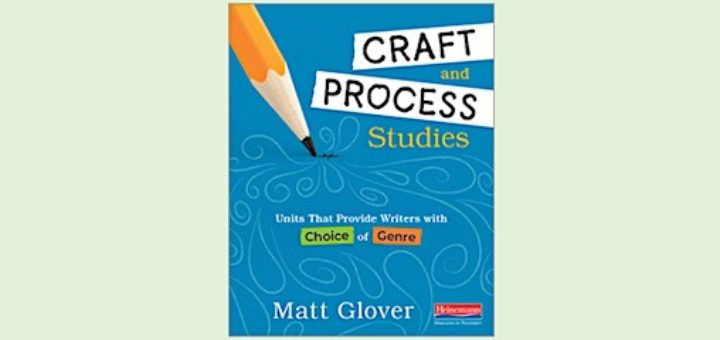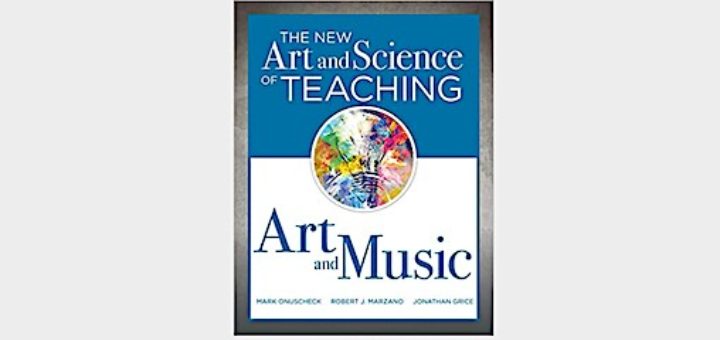Teaching and learning in grades 4-8
As teachers and students are tossed by the currents of Covid-19, Katie Durkin plans to anchor and then expand her 7th graders’ views of themselves as readers by puzzling out a reading identity, reflecting and planning for the horizon, and charting a path forward.
Assistant principals “feel so limited in what we can do or say that it often seems we have no voice at all,” writes DeAnna Miller. Yet if APs use this time to analyze their “why” and learn what they want to be as principals, they can find the courage to become change-makers.
Practical, touching and funny, David Sherrin’s Authentic Assessment in Social Studies: A Guide to Keeping It Real offers a multitude of innovative approaches while reminding us that student potential lies at the heart of everything we teachers do, writes Sarah Cooper.
Author Ariel Tichnor-Wagner provides school leaders with tools to reflect on curricular programming and to scale these learning experiences for students and staff. Middle School head Michael McLaughlin finds the book’s ideas timely and actionable.
Using the case of Grade 7 teacher ‘Mr. Thomas,’ teacher educator Curtis Chandler walks us through a 3-point strategy that can help teachers detect what kids know, what they missed last spring, and what’s most urgent to learn now. Written with new and veteran teachers in mind!
School closures have made learning more challenging. For students without access to technology, this challenge might seem insurmountable. Tan Huynh looks at some ways teachers are reaching language learners who don’t have regular access to tech tools or the internet.
When middle grades kids look back to this time, Megan Kelly wants them to remember finding refuge in books. In this post she highlights graphic novels, short stories, mysteries and more she plans to share with her students to help them feel good and reduce their stress.
Middle grades kids are returning to school from many different developmental places. Distance learning this fall will demand skills students will need to learn effectively but mostly don’t have yet. School leader Jody Passanisi shares strategies to build 7 essential skills.
Matt Glover shows teachers how they can marry genre units with craft and process studies to give students choice and agency throughout the school year. ELA teacher Rebecca Crockett thanks Glover for revealing ways to teach state standards and give writers more autonomy.
Robert Marzano and two colleagues have developed what will surely become the go-to resource for planning, designing, implementing, and assessing teaching art and music, using Marzano’s New Art and Science of Teaching framework, writes curriculum coordinator Alex Valencic.



